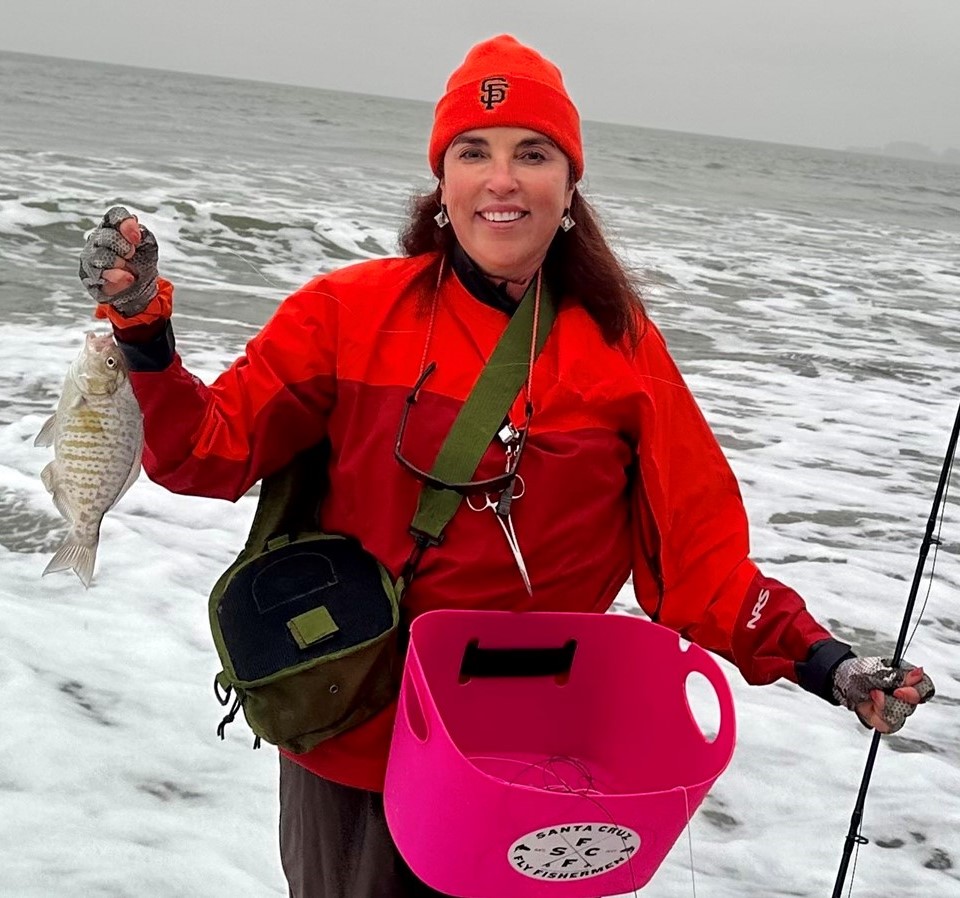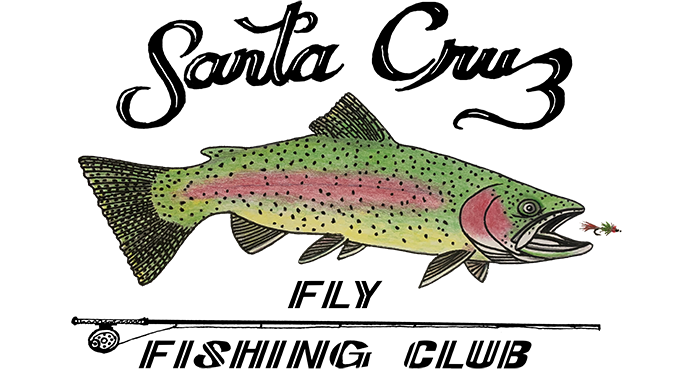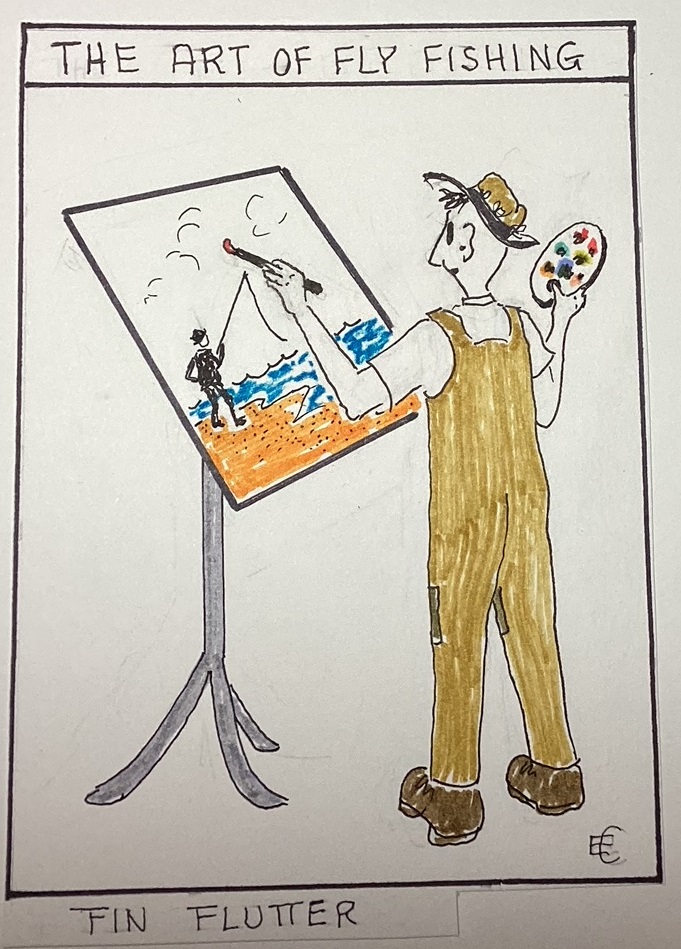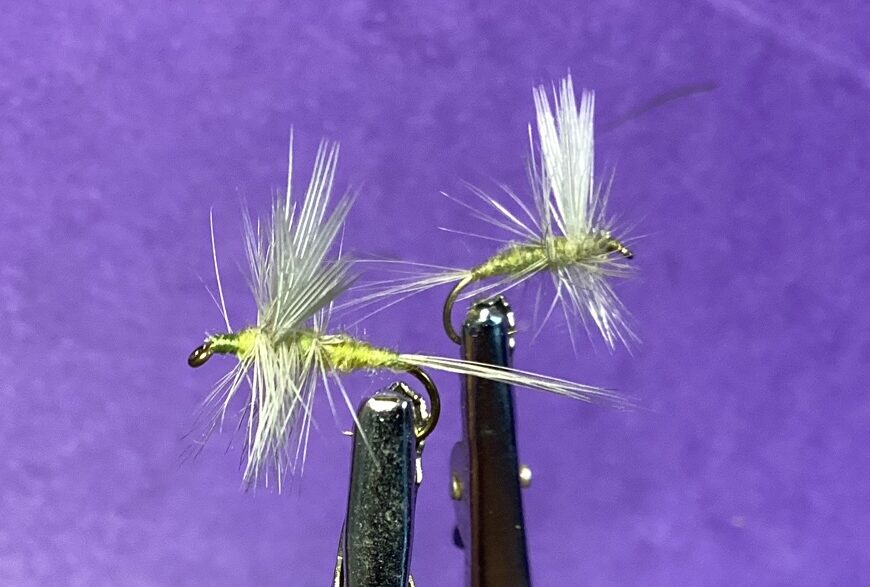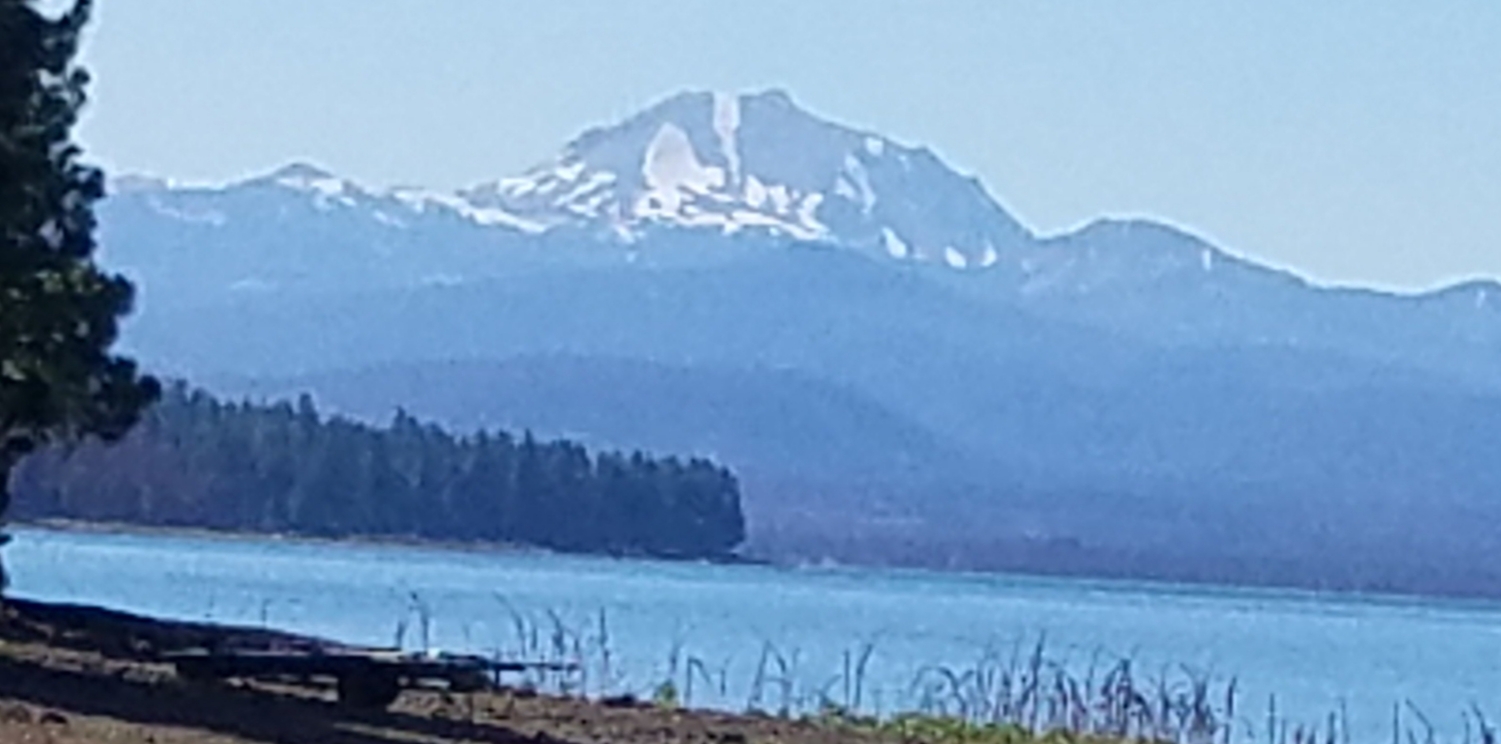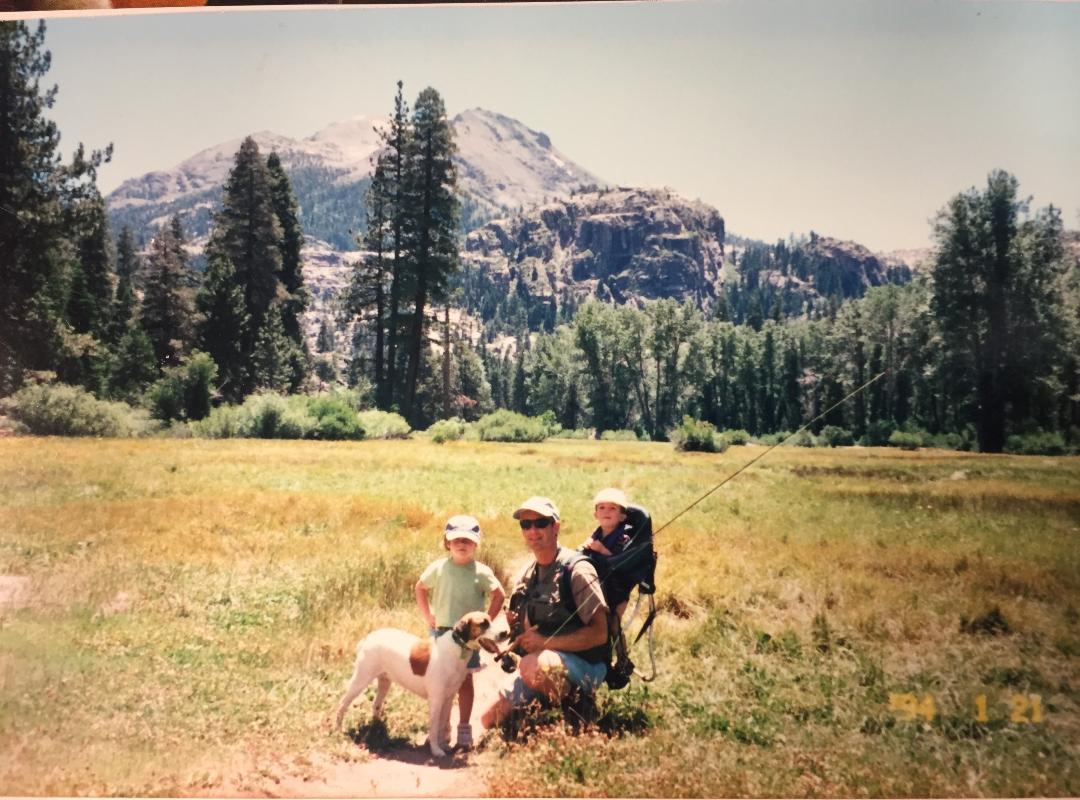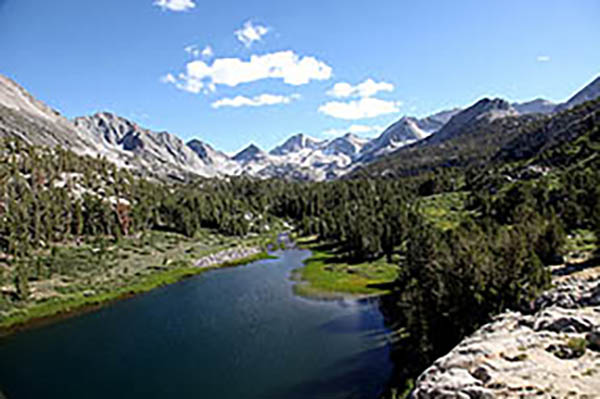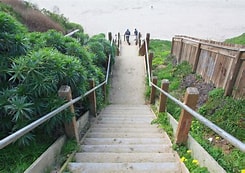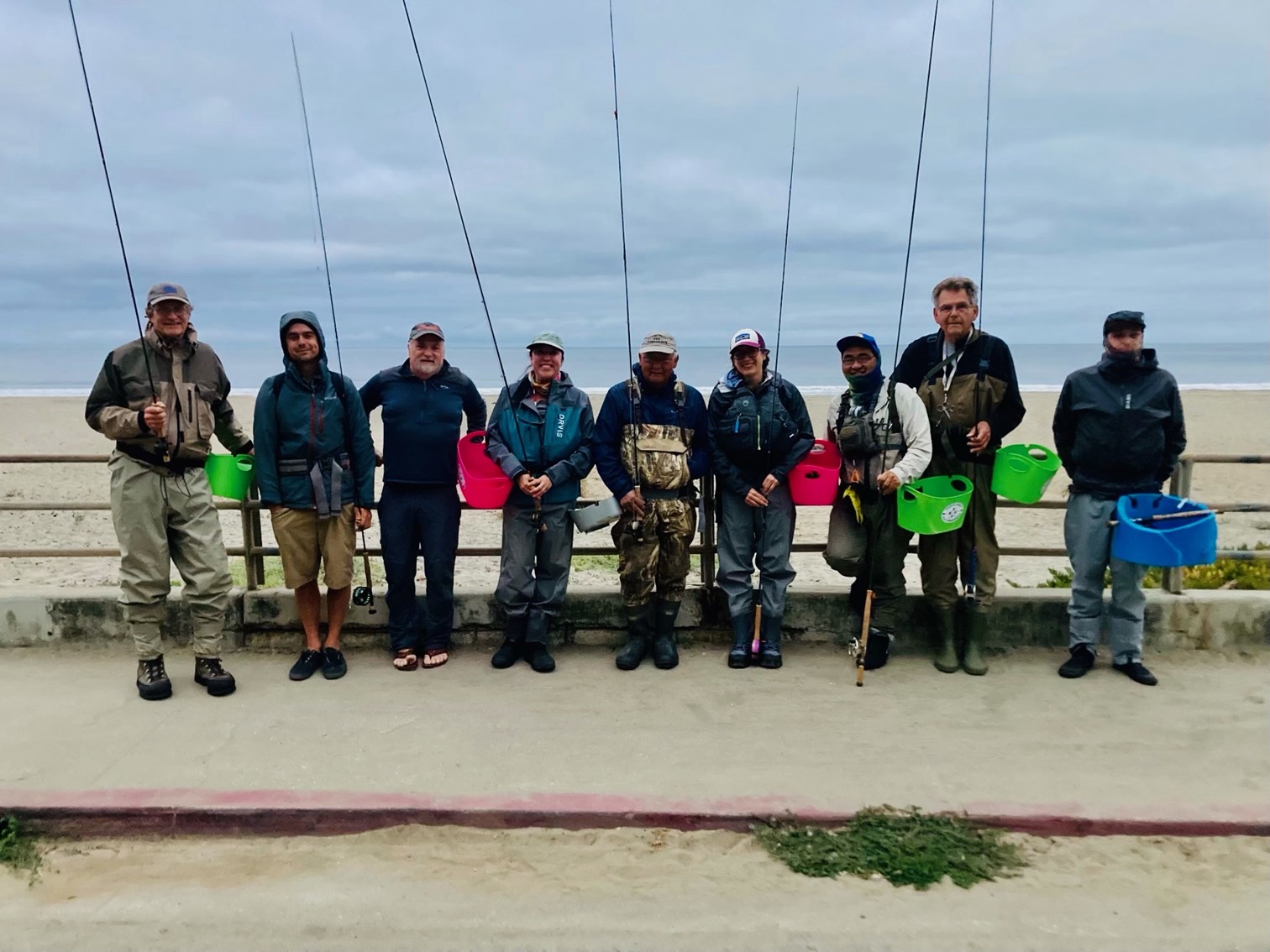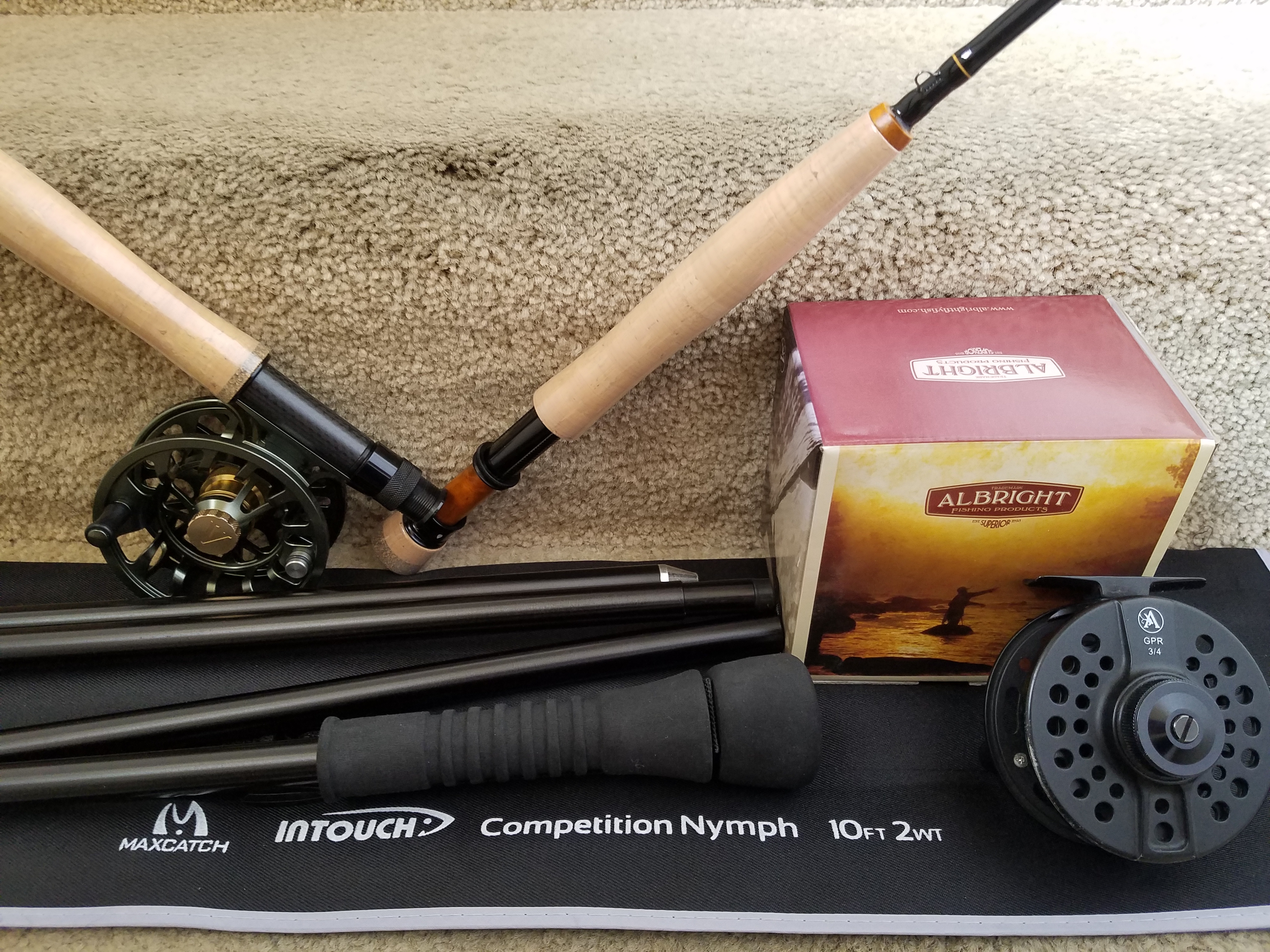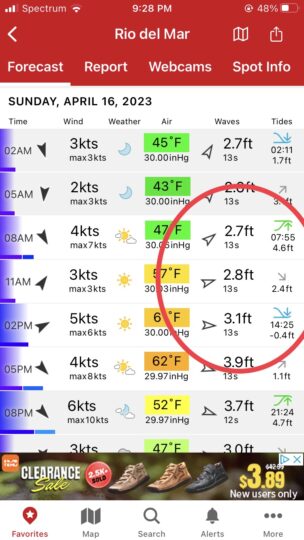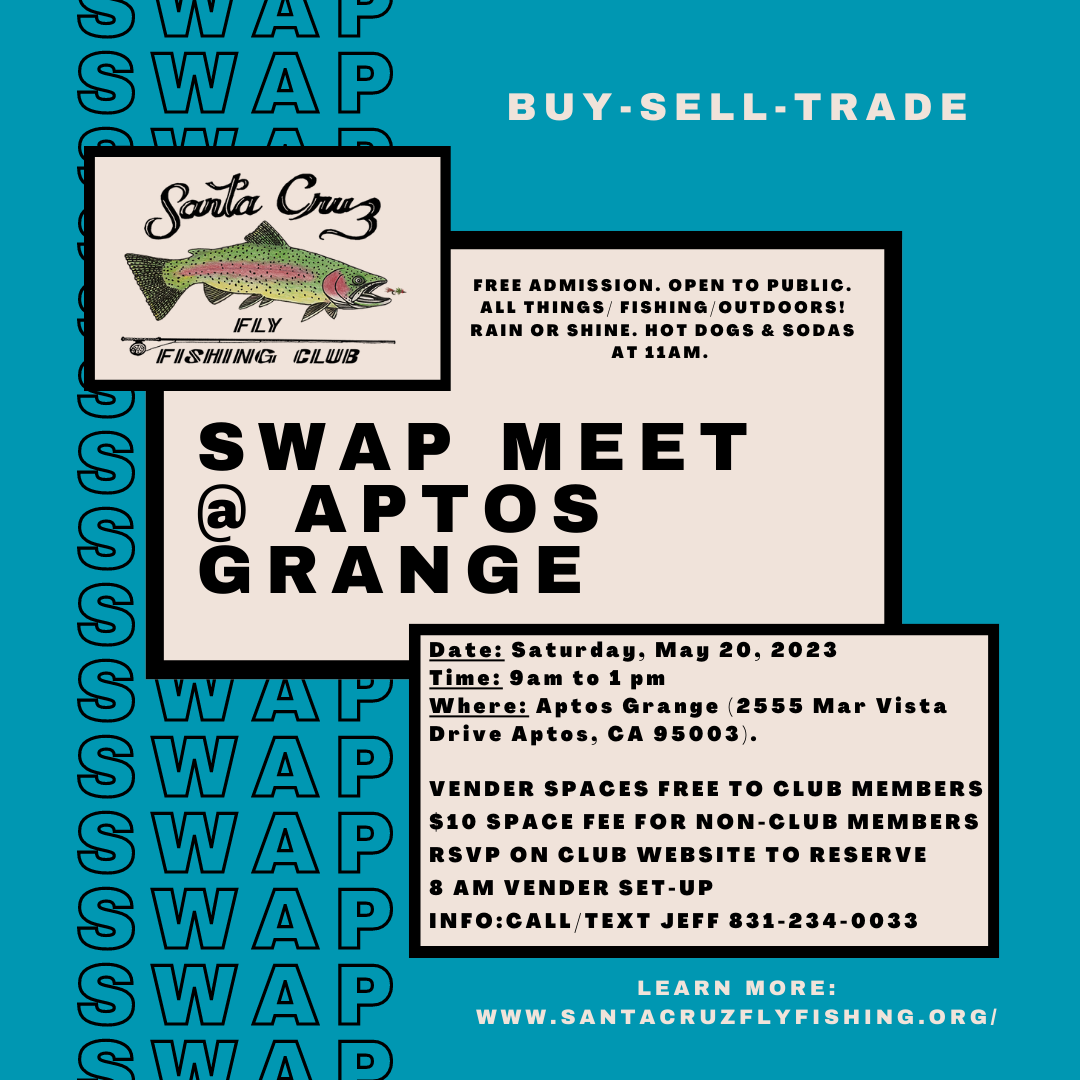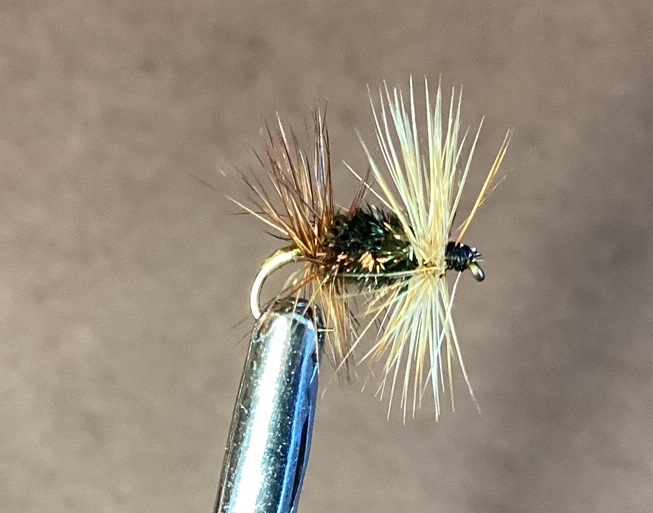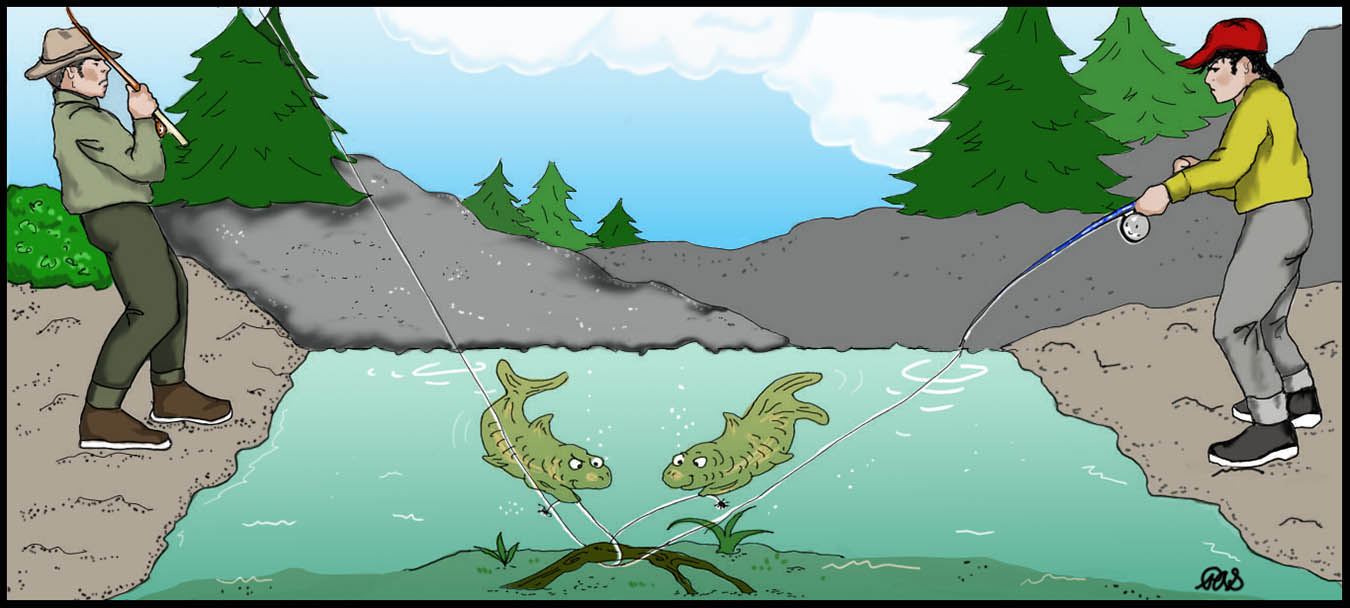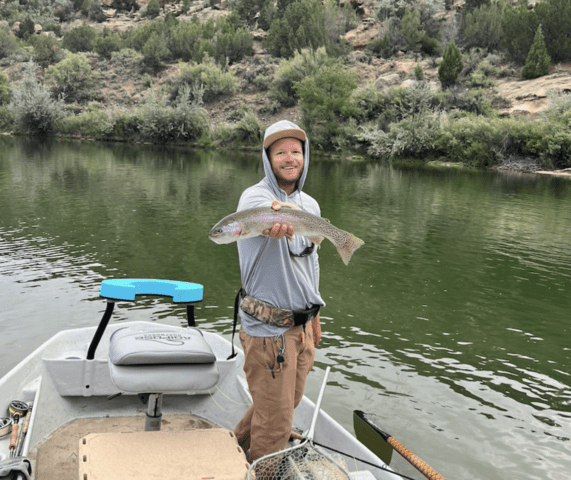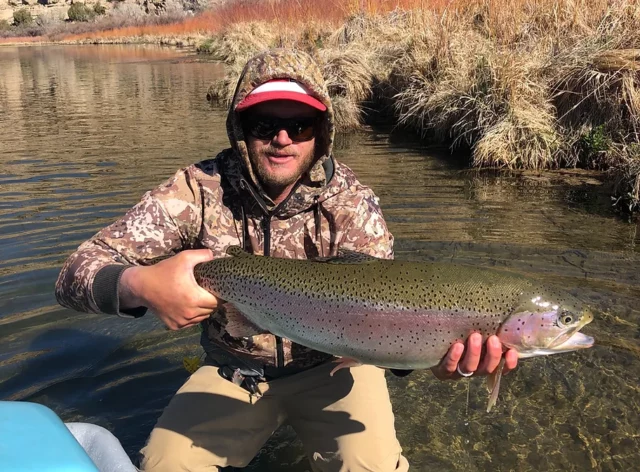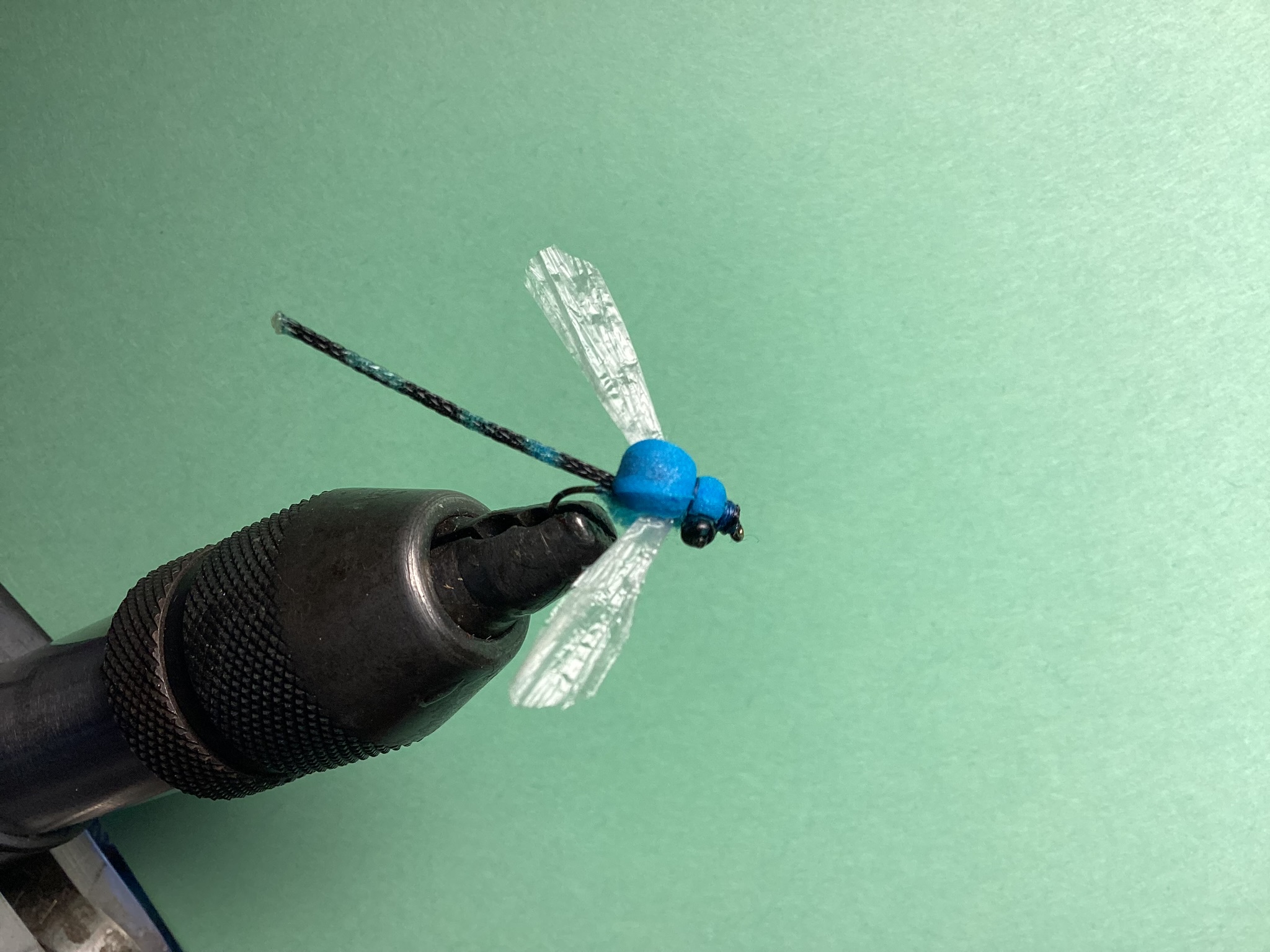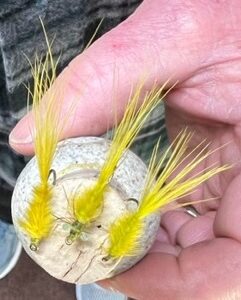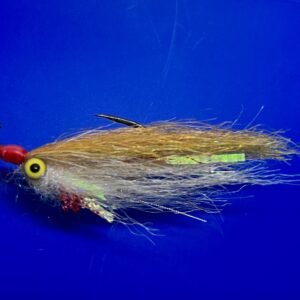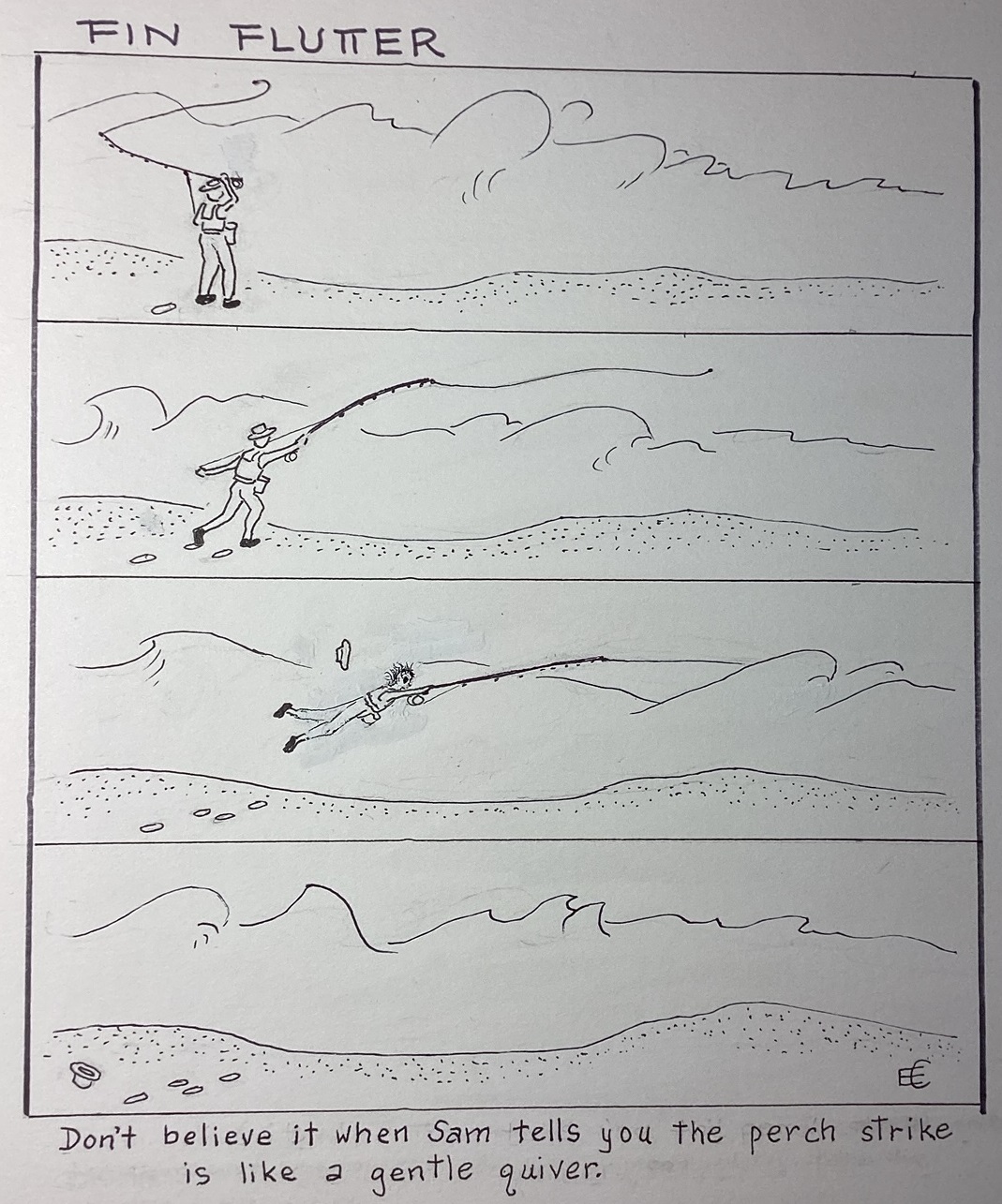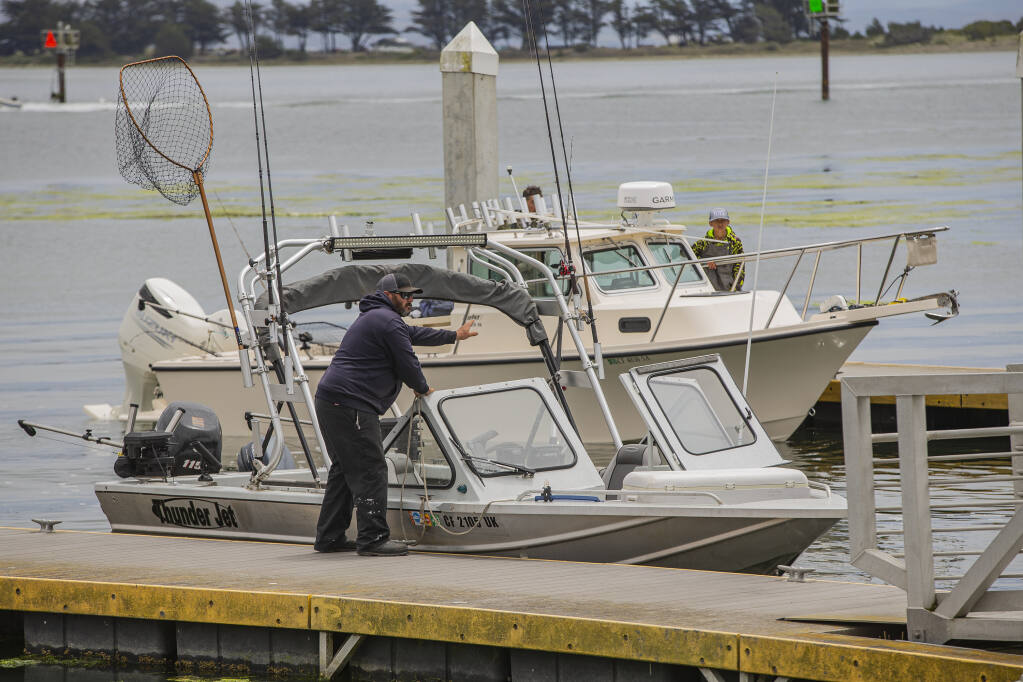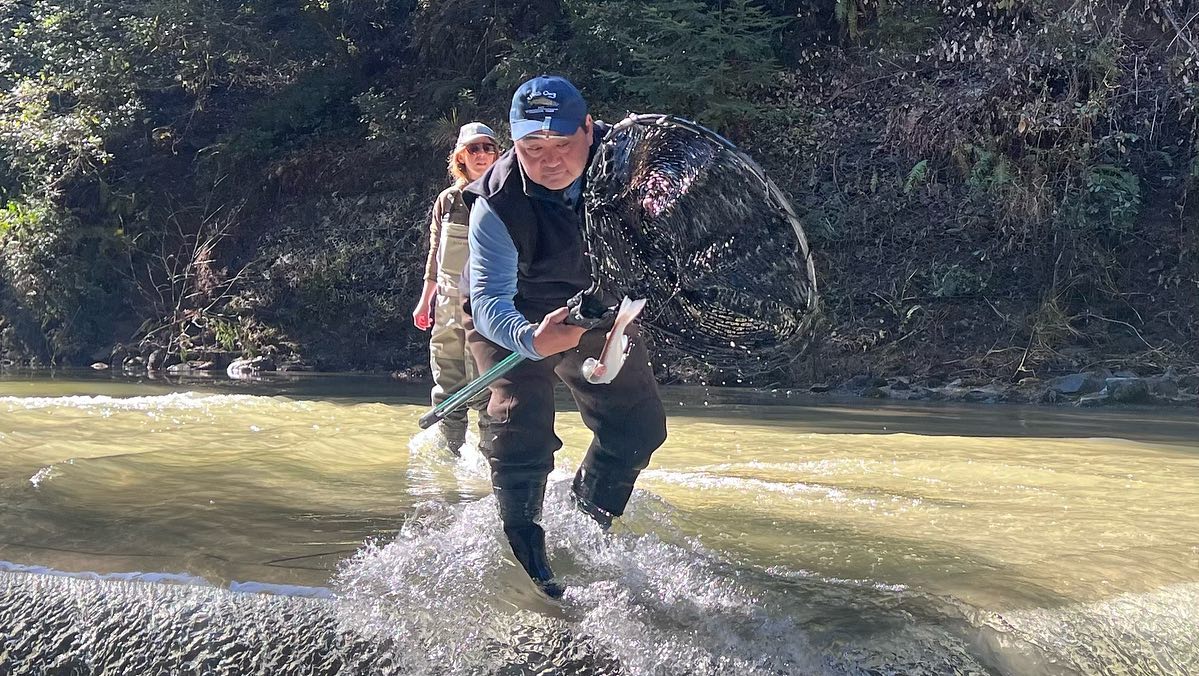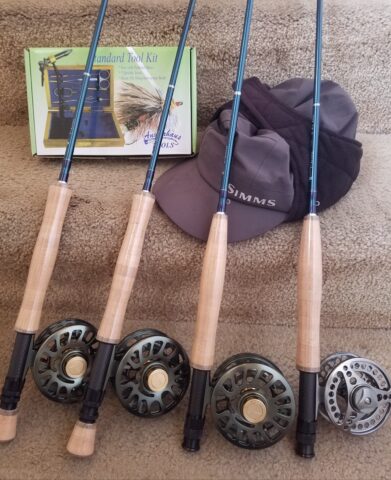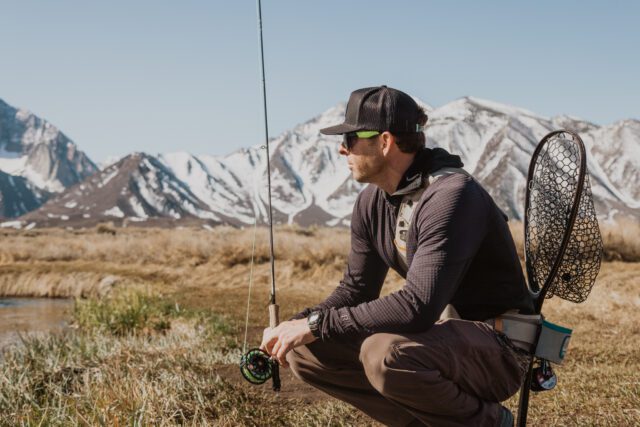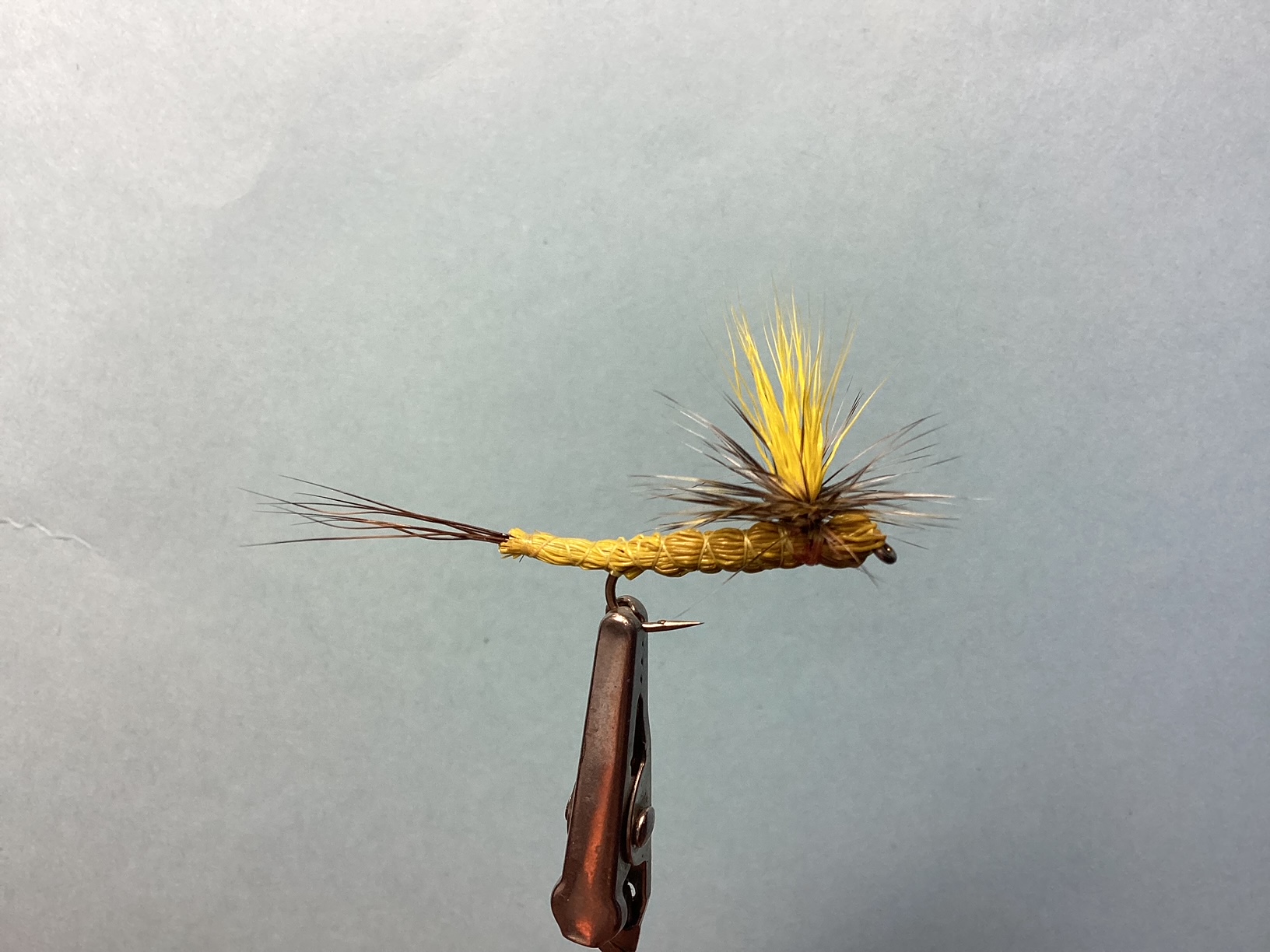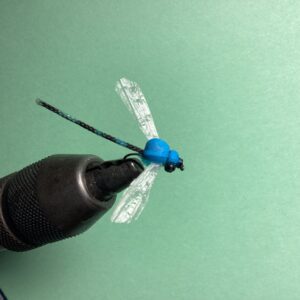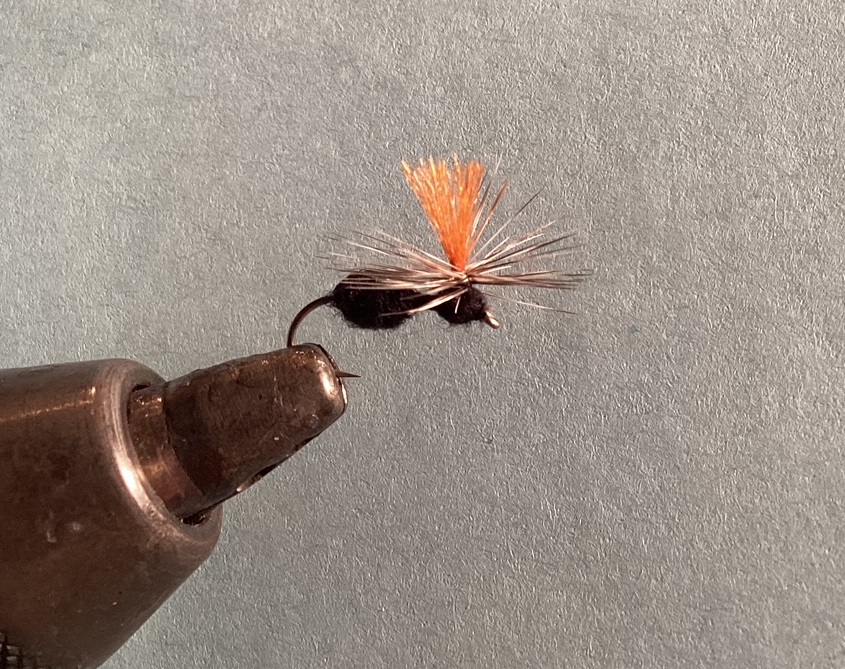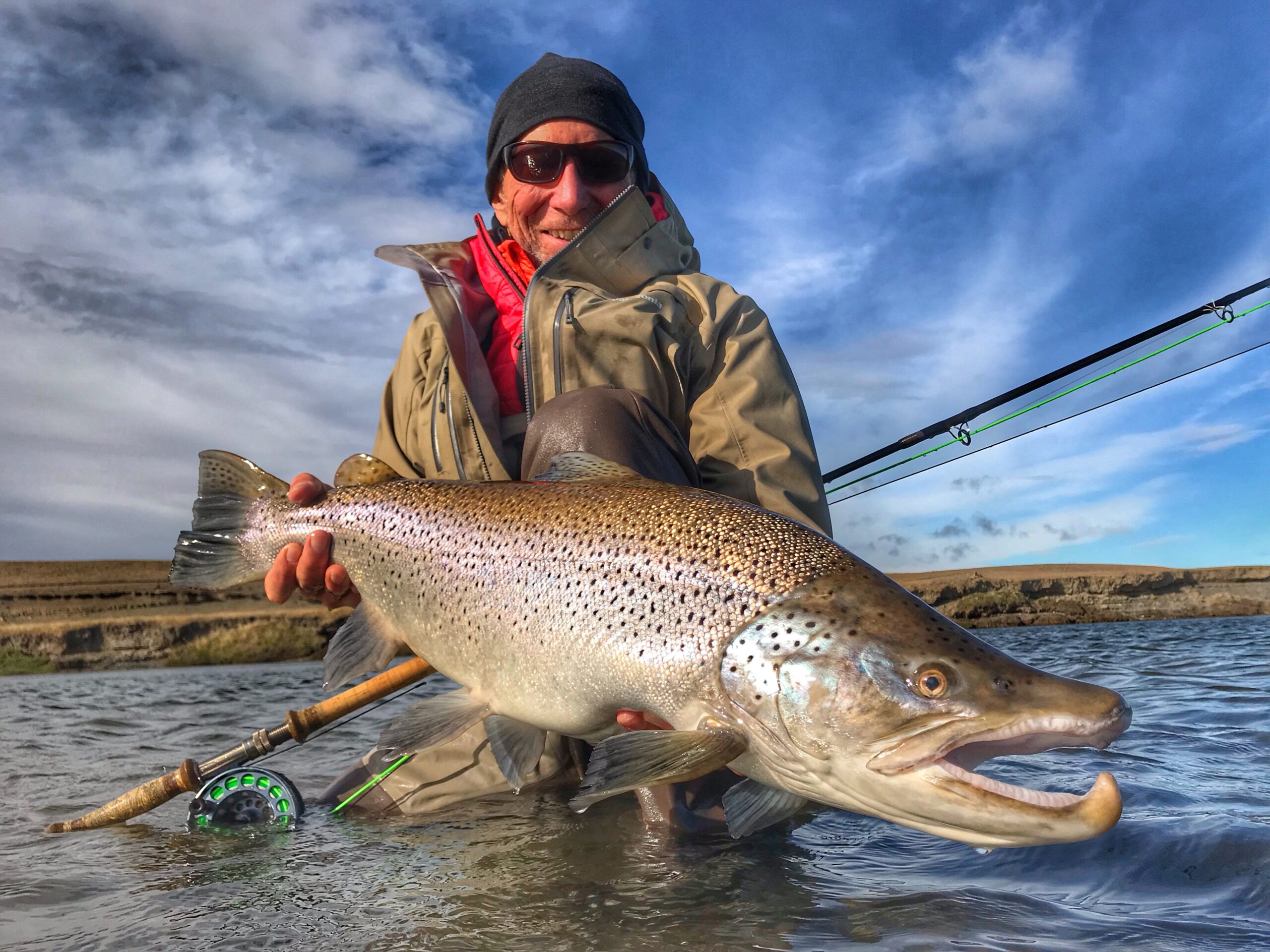Apr 15 : BOURDET RANCH ONE DAY FISHOUTS
https://www.santacruzflyfishing.org/events/bourdet-ranch-one-day-fishouts/
(Click for address and map)
Fishmaster: Cecilia Stipes
BOURDET RANCH One-day fishouts: April 15 (Sat), April 19 (Wed), April 24 (Mon) Location: Bourdet Ranch on Hwy 152 across from Casa de Fruta, Hollister I have reserved 3 dates at this beautiful ranch in the green rolling hills of Hollister which offers 4 bass and pan fish ponds. Trespass fee is $75/person (fisher or non-fisher)…
Read More
Apr 15 : Del Valle Fishout – CANCELED
https://www.santacruzflyfishing.org/events/del-valle-fishout-2023/
(Click for address and map)
Fishmaster: Justin Ice
**CANCELED DUE TO STORM DAMAGE** Currently the park has issued a hard closure for camping until May 20th, 2023. Any members who had previously made reservations thru the county website / Reserve America, should have received an email detailing the cancelation and a refund from The East Bay Parks District. An alternate destination maybe suggested…
Read More
Apr 29 : Los Padres Dam / Reservoir Fishout
https://www.santacruzflyfishing.org/events/los-padres-dam-reservoir-fishout/
(Click for address and map)
Fishmaster: Self Lead
Description: Los Padres Reservoir is located East of Carmel Valley Village. The best route is Carmel Valley Road East about 8 miles to a right turn on Cachagua Road to a right turn into and through Princess Camp then about .5 miles to the Reservoir parking lot. You have to carry your float tube about…
Read More
May 06 : Rio Del Mar State Beach Surf Fishout
https://www.santacruzflyfishing.org/events/manresa-beach-2023-draft-date-not-set/
(Click for address and map)
Fishmaster: Sam Bishop
First Surf Fishout of 2023!
Saturday May 6th 2023 5:55AM
Location: Rio Del Mar State Beach
Read More
May 08 : Los Banos Creek Reservoir
https://www.santacruzflyfishing.org/events/los-banos-creek-reservoir/
(Click for address and map)
Fishmaster: Dan Eaton
Los Banos Creek Reservoir is an oasis in the valley, it has Bass and Bluegill and the option of fishing Stripers and Bass in the O’Neill Forebay 20 miles away. Camping: Los Banos Campground (209) 826-6393) doesn’t take reservations, has 14 sites with tables with shade and also shade trees, non-potable water, and campfire rings.…
Read More
Jun 03 : Manresa State Beach Surf Fishout
https://www.santacruzflyfishing.org/events/santa-cruz-county-surf-fishout/
(Click for address and map)
Fishmaster: Tommy Polito
Location: Manresa State Beach Species: Surf Perch, Striped Bass Min./Max Participants: NO Limit Cali Surf Style Gear: 6-8wt. Rods with full sinking lines or shooting heads to match the rod. Polarized glasses (safety), Mandatory Accessories: Wader Belt & Stripping Basket (If a basket is needed, some maybe available to borrow or purchase. Please contact the Fishmaster ahead of…
Read More
Jun 24 : Lake Almanor/Hex Hatch – Jun 25 – Jul 1 2023 – New Info
https://www.santacruzflyfishing.org/events/lake-almanor-hex-hatch-2023/

(Click for address and map)
Fishmaster:
The Lake Almanor fishout is scheduled for the last week of June, 6/24 thru 7/1, 2023. This time period is, hopefully, the peak of the annual Hexagenia hatch that begins generally mid-June and runs through mid-July. The most productive fishing takes place early evenings on into past dark between Lake Almanor West to Canyon Dam…
Read More
Jul 01 : Palm Beach Surf Fishout
https://www.santacruzflyfishing.org/events/santa-cruz-county-surf-fishout-2/
(Click for address and map)
Fishmaster: Sam Bishop
Location: Palm Beach State Park Species: Surf Perch, Striped Bass Min./Max Participants: NO Limit Cali Surf Style Gear: 6-8wt. Rods with full sinking lines or shooting heads to match the rod. Polarized glasses (safety), Mandatory Accessories: Wader Belt & Stripping Basket (If a basket is needed, some maybe available to borrow or purchase. Please contact the…
Read More
Jul 16 : Loreto Fly Fishing Trip July 2023
https://www.santacruzflyfishing.org/events/loreto-fly-fishing-trip-july-2023/
(Click for address and map)
Fishmaster: Rich Hughett
Sign Up Now! Experience a new HIGH! Fish for Dorado, and many other salt-water fish, including Bonito, Roosters, Yellowtail and Sailfish on a fly! Join the group going to Loreto in Baja Sunday, July 16th through Thursday, July 20th. This trip includes: Four nights at the beautiful Hotel La Mission, on the water-front next to…
Read More
Jul 23 : Kennedy Meadows / Sonora Pass – Fish-Out 2023
https://www.santacruzflyfishing.org/events/kennedy-meadows-sonora-pass-fish-out-2023/

(Click for address and map)
Fishmaster: Tom Hogye
Kennedy Meadows Resort & Pack Station / Baker & Deadman campground. http://www.kennedymeadows.com. If you want to stay in a cabin, you should try to get a reservation now. The cabins generally roll over annually with returning guests from the previous year. The Hogye's will be in Cabin 11. Rates range from $115 - 260 per…
Read More
Aug 05 : Rio Del Mar State Beach Surf Fishout
https://www.santacruzflyfishing.org/events/rio-del-mar-state-beach-surf-fishout/
(Click for address and map)
Fishmaster: Sam Bishop
First Surf Fishout of 2023!
Saturday May 6th 2023 5:55AM
Location: Rio Del Mar State Beach
Read More
Sep 02 : Manresa State Beach Surf Fishout
https://www.santacruzflyfishing.org/events/manresa-state-beach-surf-fishout/
(Click for address and map)
Fishmaster: To Be Determined
Location: Manresa State Beach Species: Surf Perch, Striped Bass Min./Max Participants: NO Limit Cali Surf Style Gear: 6-8wt. Rods with full sinking lines or shooting heads to match the rod. Polarized glasses (safety), Mandatory Accessories: Wader Belt & Stripping Basket (If a basket is needed, some maybe available to borrow or purchase. Please contact the Fishmaster ahead of…
Read More
Sep 08 : Upper Sacramento River Fishout (Dunsmuir)
https://www.santacruzflyfishing.org/events/upper-sacramento-river-fishout-dunsmuir/
(Click for address and map)
Fishmaster: Alex Ferber
Fishmaster: Alex Ferber Location: Upper Sacramento River with Potential McCloud River Side Trip Species: Trout Duration: 3 Days Cost: No Cost https://goo.gl/maps/qC5QbdWhMStgX27X9 Equipment: Typical Trout Set Up 9', 4-6wt Rods w/ Floating Lines Ideal Euro Nymphing, and Trout Spey conditions available Nymphs: Pheasant Tail, Hairs Ear, Prince Nymph, Wooly Buggers, Perdigon, Copper Johns, Zebra Midge,…
Read More
Sep 23 : Mammoth Fishout – UPDATED –
https://www.santacruzflyfishing.org/events/mammoth-fishout-2/
 Mammoth Lakes
Mammoth Lakes (Click for address and map)
Fishmaster: John Cook
UPDATE Both weeks of this Fishout has been filled. I am maintaining a waiting list. There are three people on the list currently. If I get enough I will think about getting another condo. Please email or contact me directly for inquires. John & Elain Cook - Fishmaster (831) 234-6515 coookin@gmail.com Dates: This Fishout will…
Read More
Oct 07 : October surf fishout – Beer Can
https://www.santacruzflyfishing.org/events/october-surf-fishout/
 Beer Can Beach
Beer Can Beach (Click for address and map)
Fishmaster: Sam Bishop - Fishing; Mike Lovejoy - Breakfast
Surf fish-out Saturday October 7, followed by breakfast at Mike Lovejoy's. Important location information and breakfast information
Read More
Oct 14 : Kelly Lake – Watsonville (bass, crappie) – CONFIRMED Oct 14
https://www.santacruzflyfishing.org/events/kelly-lake-watsonville-bass-crappie/
(Click for address and map)
Fishmaster: Scott Kitayama
Fishmaster: Scott Kitayama Location: Kelly Lake in Watsonville (Private lake limited to 10 people) Species: bass, crappie, bluegill Duration: 1 day Registration and Cost: No Cost, but you must contact Scott as the number of people fishing is limited. Contact at scottkitayama@gmail.com. I am waiting on confirmation on this date, however I wanted to gauge…
Read More
Oct 19 : O’Neill Forebay ‘Stosh’ Memorial Fishout
https://www.santacruzflyfishing.org/events/o-neill-forebay-stosh-memorial-fish-out/
(Click for address and map)
Fishmaster: Kevin Murdock
Event: O'Neill Forebay 'Stosh' Memorial Fishout Date: Thursday October 19 to Sunday October 22 (I chose this weekend for it's 'skinny' moon, less night feeding for the fish) Target Gamefish: Striped Bass Location: Medeiros Campground located on the Southern Shoreline of the O'Neill Forebay, access off of Santa Nella Blvd. (Highway 33) Hosts: Kevin Murdock …
Read More
Dec 01 : 2023 Fishout Round-Up
https://www.santacruzflyfishing.org/events/2023-fishout-round-up/

(Click for address and map)
Fishmaster: Club Members
Greetings Club Members (Existing, new, soon to be), This though not a Fishout, but rather a year in review of 2023's great events held by our members. 19 trips planned in 2023 not all the trips planned were executed due to the high waters and weather early in the season but for some of those…
Read More
